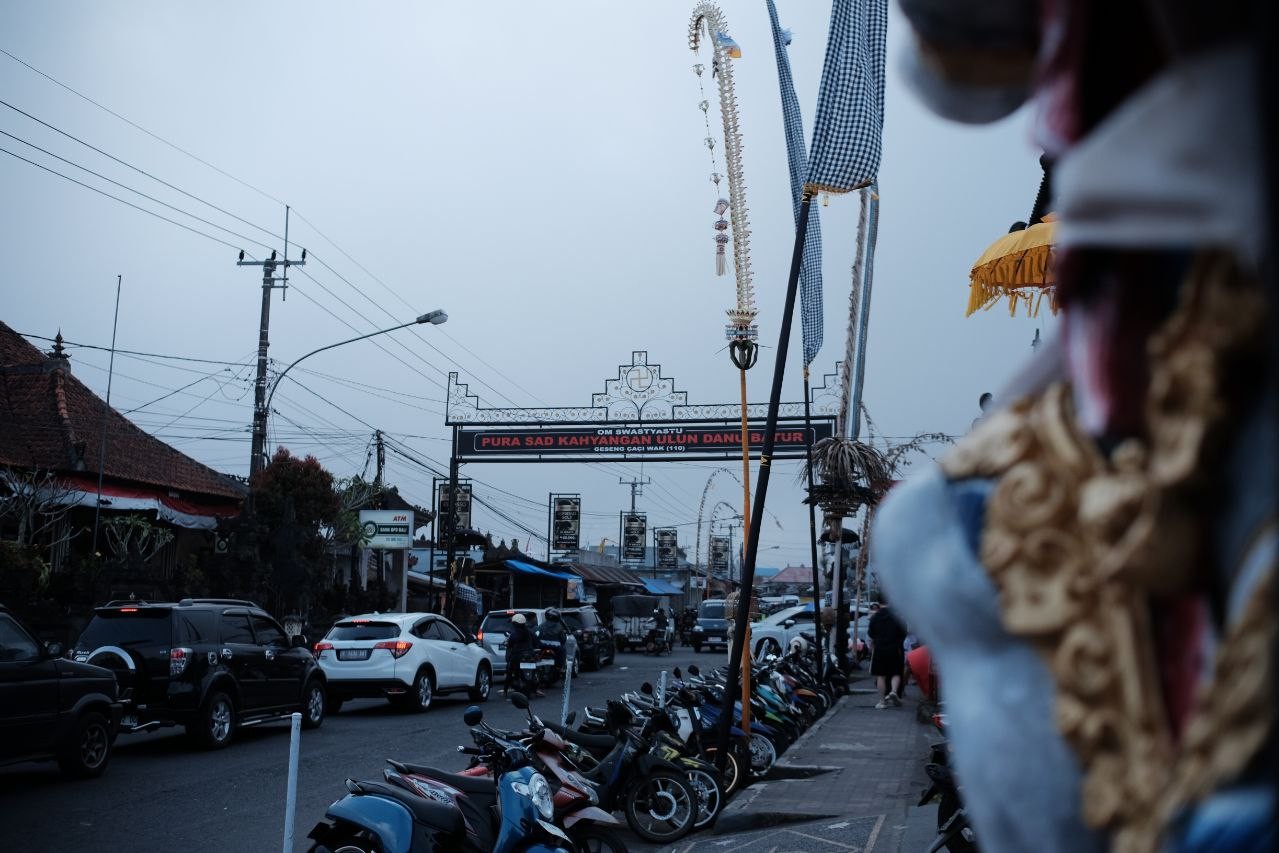14-June-25
Workflow running jobs parrarel by default. To run jobs sequentially, you need to define other jobs using the jobs.<job_id>.needs keyword
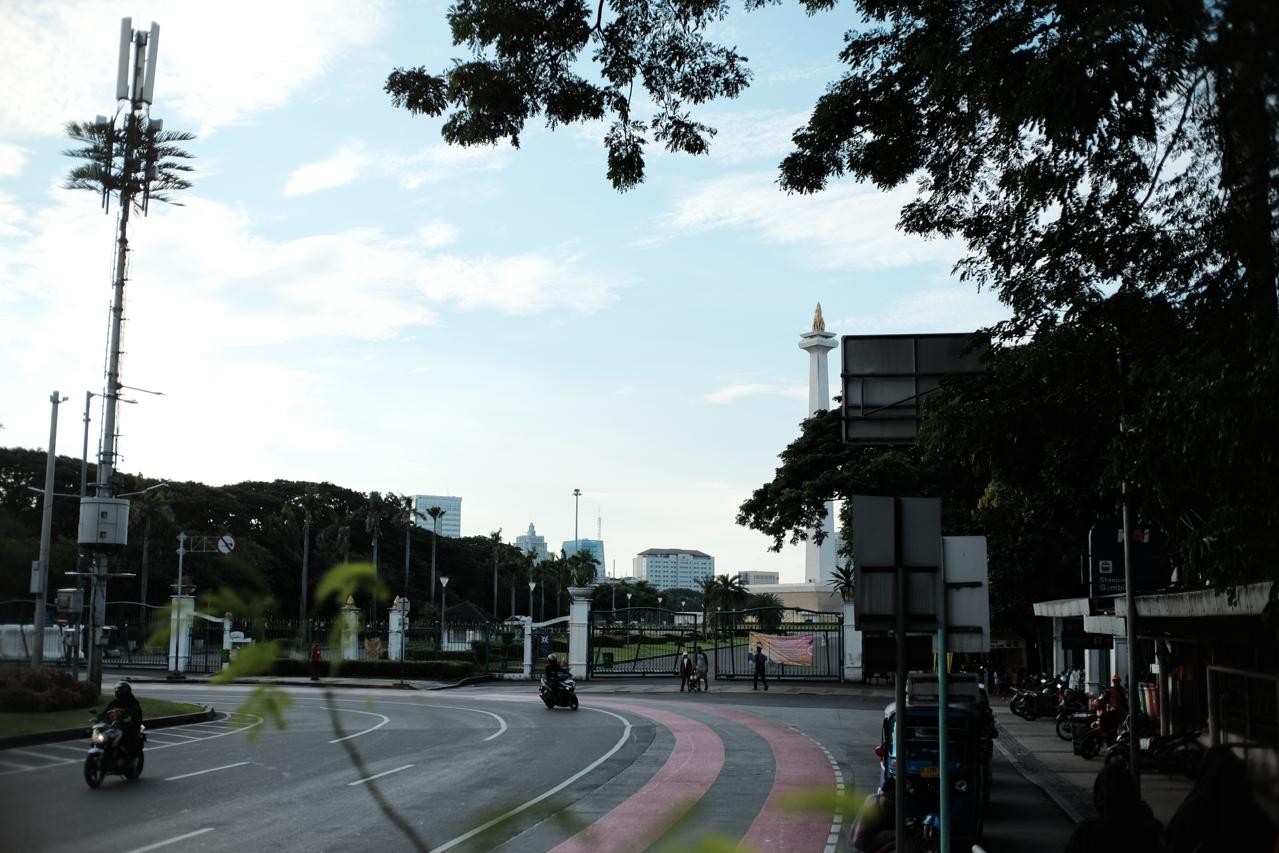
Daily Quest #5: Job Dependencies
Workflow running jobs parrarel by default. To run jobs sequentially, you need to define other jobs using the jobs.<job_id>.needs keyword
- Add new workflows
needs-workflows.yaml
name: Needs worflows
on:
workflow_dispatch:
jobs:
build:
runs-on: ubuntu-latest
steps:
- name: Checkout code
uses: actions/checkout@v2
- name: Build stage
run: |
echo "Hello from CI/CD!"
echo "Running on build job"
test:
runs-on: ubuntu-latest
needs: build
steps:
- name: Greeting from variable
run: echo "Hello from ${{ env.GREETING }}"
- name: Echo secret
run: echo "Secret is ${{ secrets.SECRET_MSG }}"
- name: Test stage
run: |
echo "Running on test job"
echo "This job depends on the build job"
Push, and result
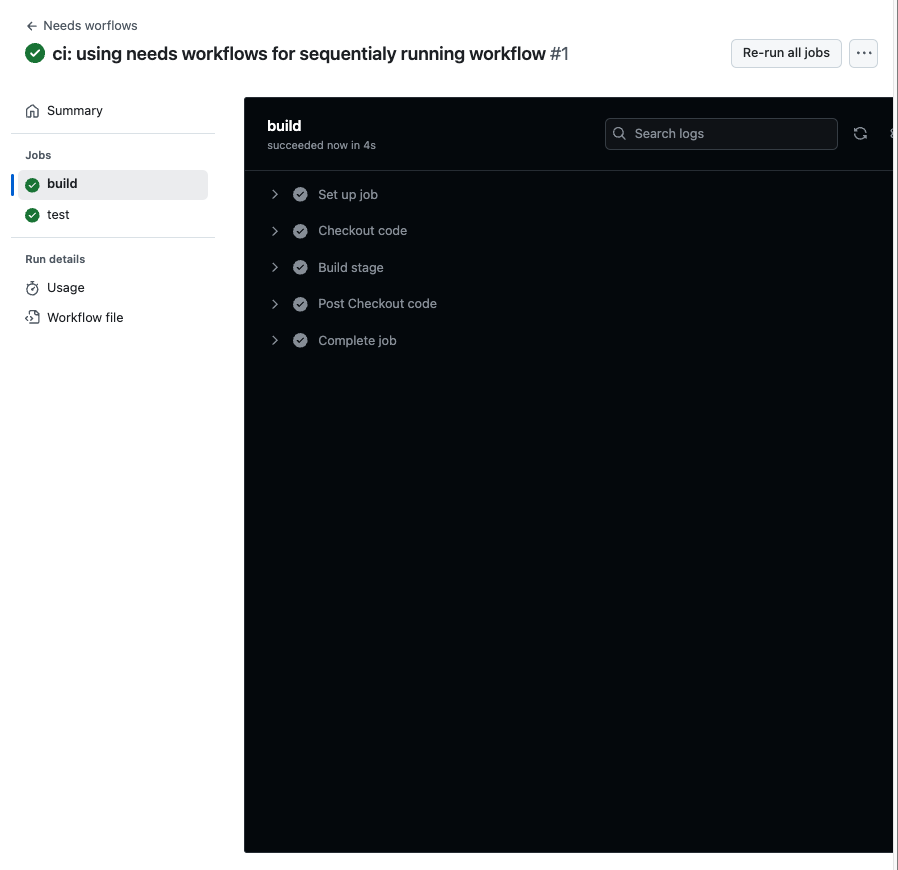
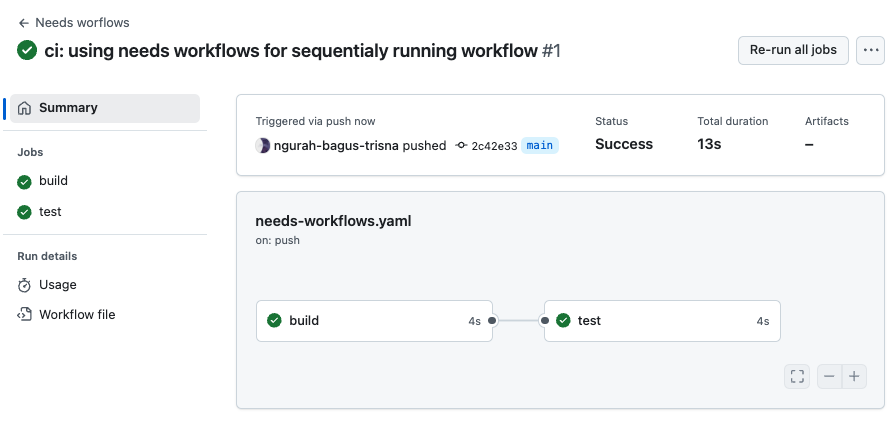
Answer :
- Dengan menjalankan job satu persatu, workflows dapat membuat efisien task hanya di satu jobs terlebih dahulu.
- Job akan gagal dan di skip ke next jobs (jika memenuhi peraturan).
Daily Quest #6: Artifact Management
Referensi : https://docs.github.com/actions/using-workflows/storing-workflow-data-as-artifacts Artifacts allow you to persist data after job has completed, and share that data with another job in the same workflows. Artifacts is file/collection of files produced during workflow run. For example, you can use artifacts to save your build & test output after a workflow run has ended. How to use You can use actions/upload-artifact to save files on artifacts.
- name: Archive code coverage results
uses: actions/upload-artifact@v4
with:
name: code-coverage-report
path: output/test/code-coverage.html
Explanation :
name: name artifactspath: path file for upload to artifacts
To download file from artifacts, you can use actions/download-artifact action to download artifacts that were previously uploaded in the same workflow run.
- name: Download a single artifact
uses: actions/download-artifact@v4
with:
name: my-artifact
Explanation :
name: name previously uploaded artifacts
- Create new workflows
artifact-workflow.yml
name: artifacts-workflows
on:
push:
branches:
- main
jobs:
build:
runs-on: ubuntu-latest
steps:
- name: Checkout code
uses: actions/checkout@v4
- name: Create report
run: |
echo "Report at $date" > report.txt
- name: upload artifacts
uses: actions/upload-artifact@v4
with:
name: my-report
path: report.txt
consume:
runs-on: ubuntu-latest
needs: build
steps:
- name: consume artifacts
uses: actions/download-artifact@v4
with:
name: my-report
- name: show report
run: |
cat report.txt
echo "Report consumed successfully"
Result :
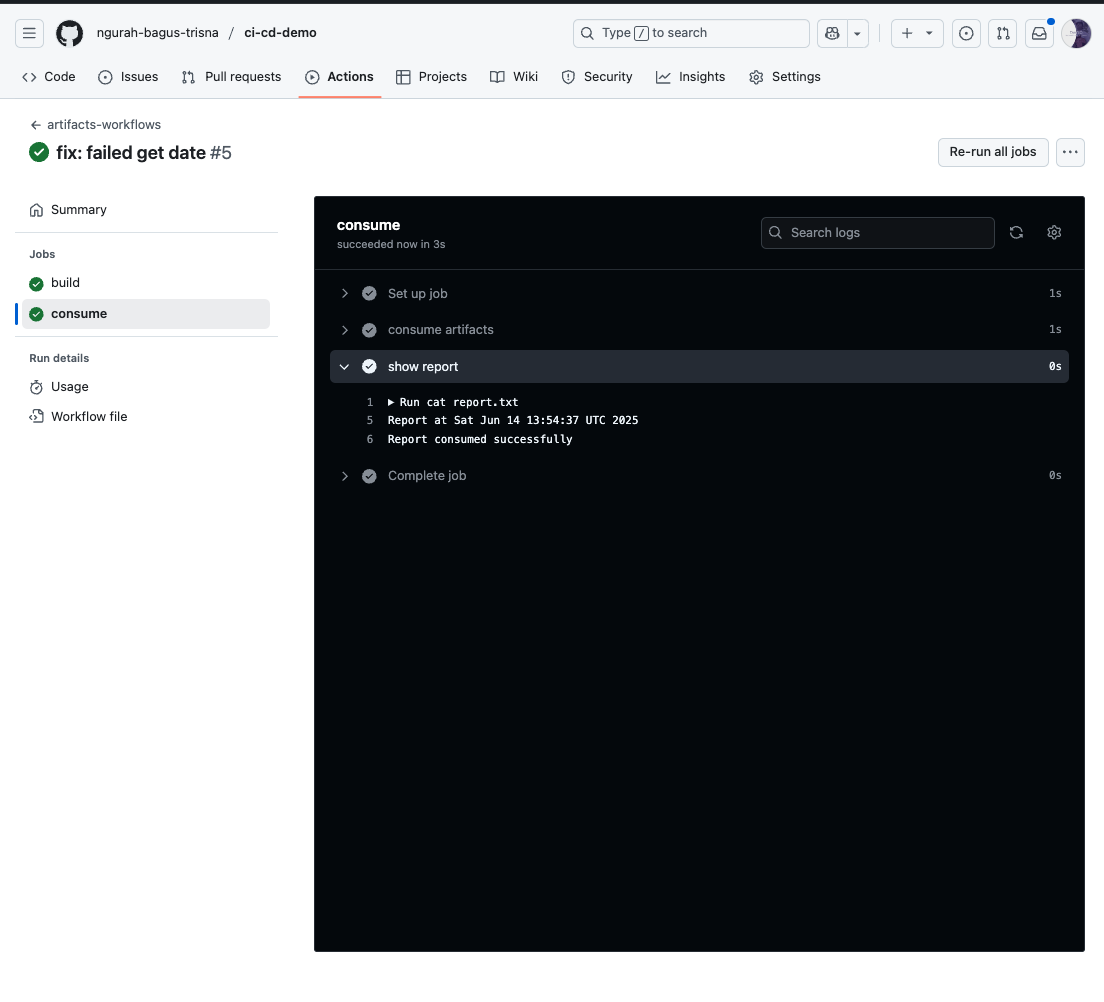
- Saya akan menggunakan artifact ketika ingin export hasil dari job yang sudah running. Sedangkan cache hanya untuk depedencies aplikasi yang digunakan berulang setiap kali jobs running
- Artifacts membantu untuk menggungah/mengunduh file di tiap job yang berjalan.




